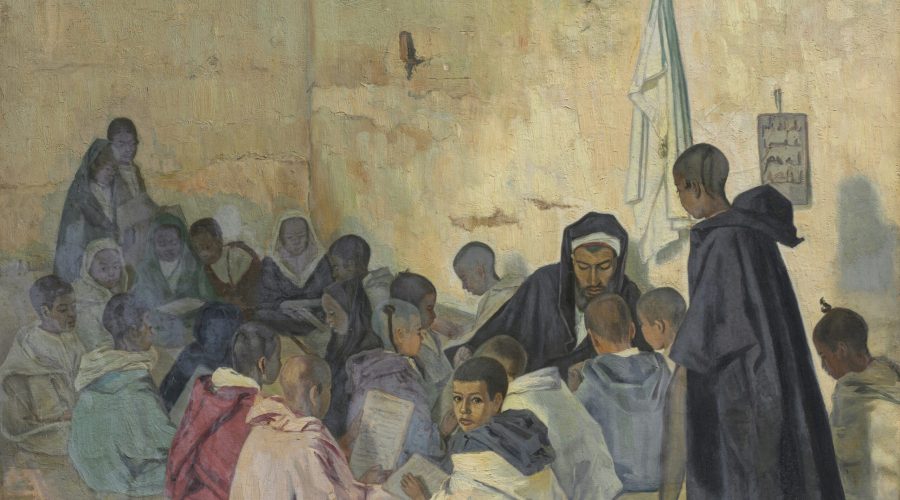The Harley Trust & The Widows

Harley’s will appointed Francis Harley, his nephew (aged thirty), and John Smith, nephew-in-law, as principal executors to carry out his instructions. To them, and their heirs, was conveyed most of his properties upon trust. He directed them to use the rents and profits to build two houses of three bays each, one for a school room and schoolmaster’s house, the other as a dwelling for six poor ministers widows. These to be constructed on the strip of land opposite St. Mary’s church with the curious name of ‘Brewettts Hempleck’.
Upon completion eight persons • would manage the investments to create an annual income of £100 – £40 for the Schoolmaster’s salary and £10 per widow. Francis Harley and John Smith would nominate schoolmasters and widows until Mary Harley reached the age of eighteen, when she and her legal heirs would assume that responsibility. If she died, or her legally born heirs died, the function would pass to Francis Harley and his heirs. The Churchwardens would intervene if the responsible person lapsed in duty.
For the £40 salary the schoolmaster was required to teach basic education, reading, writing, and arithmetic, to a maximum of fifty pupils, also the classics and mathematics if required. And keep the school room and house in good repair.
Thirteen years later, in 1683, an ‘Indenture of Lease and Release’ was made between Francis Harley and John Smith and six other persons. It stated that they had, in pursuance of the Will, built the six bays of buildings, plus outbuildings, on ‘Brewett’s Hempleck’, made as a school room and schoolmaster’s house and the other for six poor ministers widows.
It went onto detail the transfer of holdings to the trustees, with a long list of the properties, many named, such as: ‘Tweene Town’ s Close’, or ‘Hornebuckles Orlesbreach’ and ‘Donnington Cow Pasture’. The list ended with a small piece called ‘North Orchard’, purchased to enlarge the rear of the schoolmaster’s house.
THE START
This ‘Indenture’ document states categorically that the buildings existed and were finished in October 1683. They may have been functioning earlier, of course, but this appears to be the earliest provable date at which the Harley Charity proper commenced operations.
Did it really take thirteen years to raise the cost of construction and get the annual income to £100? There was a sequel: in that same year, inspired perhaps by seeing the buildings finally finished, the Will of the Reverend John Allsopp bequeathed £160 to the Harley Charity to house one widow. It took sixteen years, and a law suit, to finally build a cottage “on the hospital grounds.”
Mary Harley married John Bainbrigge of Locking-ton and produced three sons and three daughters.
THE WIDOWS
The Charity ran into ‘widow’ problems right from the start, due to the living arrangements being devised by a man. A report by the Charity Commissioners, quoting old documents, spelled it out:
“The building used as the Almshouses consists of three distinct tenements containing three rooms, one on the ground floor, and another above, with an attic. It was originally intended, as directed by the Founder, that each tenement should be inhabited by two women, living together, and occupying the same apartments; but in consequence of the disagreements that took place under this arrangement, it was found necessary to allot to each woman a separate room.” Given Thomas Harley’s extensive experience with widows he should have known better!
The report continued: “There is a small garden attached to each room in consequence, however, of the limited accommodation in the Hospital, the Charity is not much sought after, and the Trustees have frequently had considerable difficulty in filling up vacancies. ” That was to be the story for the entire life of the almshouses, compounded by the small annuity offered, and finally led to the building being physically divided into just two dwellings. Allsopp’s Gift cottage suffered the same problems, often being uninhabited for long periods.
Get In Touch With Us Today

Menu
Menu
Quick links
Call us
0116 222 2200
Mail Us
sue.stevenson@charity-link.org
Visit Us
20a Millstone Lane Leicester LE1 5JN